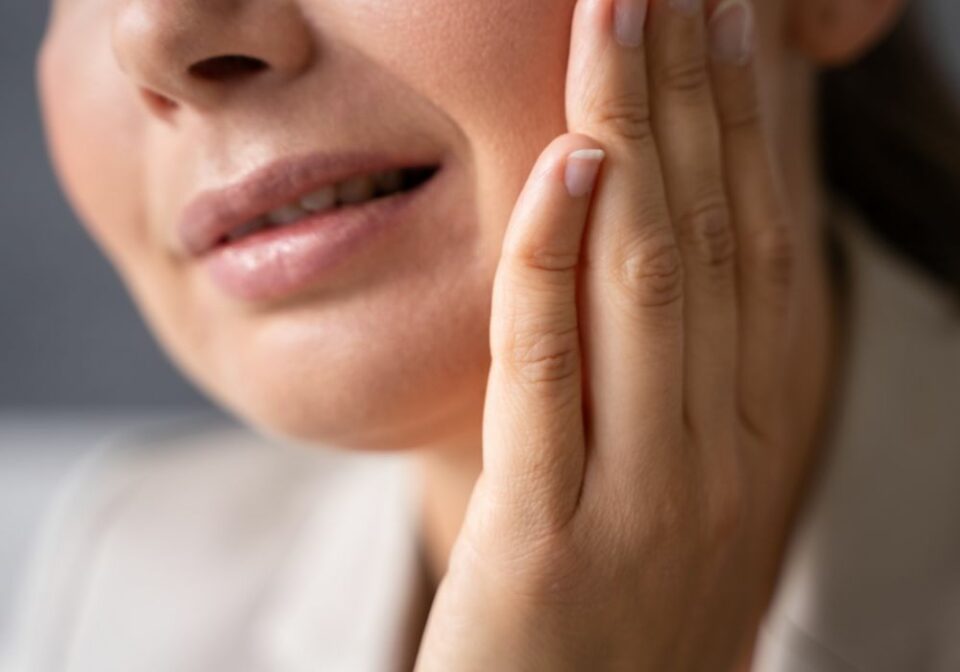The dental flipper is a removable full or partial denture that many people depend on to keep their smiles healthy. Flippers are usually designed to be a temporary replacement. But with proper care and maintenance, these dentures can last for a long time. However, some minor repairs can be performed at home if the dental flipper has become loose or damaged. This guide will walk you through the steps of how to fix a dental flipper at home, from preparing the materials to ensuring a secure fit. Let’s dive in and explore this topic in detail,

Image: www.cdhp.org
Understanding Dental Flippers and Common Signs They Need Repair
A dental flipper is a removable partial or full denture that replaces a missing tooth or multiple teeth. It is commonly used as a temporary solution until a more permanent restoration can be placed.
Here are some common signs the dental flipper needs fixing:
- Loose fit.
- Chips or cracks.
- Discoloration.
- Unpleasant odor.
Essential Tools and Materials for Dental Flipper Repair
Before you start, gather the necessary tools and materials for the repair. These are:
- Dental adhesive
- Toothbrush
- Cotton balls
- Warm water
- Toothpicks
- Fine-grit sandpaper
Step-by-Step Instructions for Fixing a Loose Dental Flipper
- Clean the Flipper: Remove the dental flipper and thoroughly clean it with the toothbrush and warm water. Use the cotton balls to remove any food particles or debris that may have accumulated.
- Apply Dental Adhesive: Apply a thin layer of adhesive to the surface of the flipper that comes in contact with the gums. Avoid getting adhesive on the teeth, as this can damage the enamel.
- Insert the Flipper: Place the flipper back in the mouth and gently bite down for a few seconds to set the adhesive.
- Remove Excess Adhesive: Use cotton balls to remove any excess adhesive that may have squeezed out from around the edges of the flipper.
- Check the Fit: Speak and smile to ensure that the flipper fits comfortably and securely. If it still feels loose, you can add a small amount of adhesive to the areas that need extra support.

Image: www.pinterest.ca
Tips for Fixing Chipped or Cracked Dental Flippers
For chipped or cracked dental flippers, follow these additional steps:
- Clean the Flipper: Clean the flipper as described in step 1 above.
- Smooth the Edges: Use fine-grit sandpaper to gently smooth out the chipped or cracked areas. Be sure to remove any sharp edges that could irritate the gums.
- Apply Dental Adhesive: Apply a small amount of adhesive to the repair area.
- Insert the Flipper: Insert the flipper back in the mouth and bite down gently for a few seconds.
- Remove Excess Adhesive: Remove any excess adhesive as explained in step 4 above.
Additional Tips for Successful Dental Flipper Repair
- Always read and follow the manufacturer’s instructions for your specific dental adhesive.
- If you are experiencing persistent problems with your dental flipper, consult a dentist for professional advice.
- Regularly clean your dental flipper to prevent the accumulation of bacteria and plaque.
- Store your dental flipper in a cool, dry place when not in use.
- Avoid using harsh chemicals or abrasive cleaners to clean your dental flipper.
How To Fix A Dental Flipper At Home
https://youtube.com/watch?v=kQWCpH2JlEQ
Conclusion
Fixing a dental flipper at home can be a cost-effective and convenient solution for minor repairs. By following the steps outlined in this guide carefully, you can restore the functionality of your dental flipper and maintain a healthy, beautiful smile. Remember, if you encounter any difficulties or have concerns about the repair, do not hesitate to consult a dental professional. With a bit of patience and attention to detail, you can keep your dental flipper in good condition and continue enjoying its benefits for a long time to come.